Learn what the engine temperature warning light blue indicates on your vehicle. Dashboard lights are one of the many ways your car communicates with you, and it’s important to understand what they mean so that you can take appropriate action.
A blue coolant light is only good for one thing: that antifreeze, or coolant, is too cold. When the coolant gets too cold, your car’s radiator can become equally as cold, and this can cause your engine to freeze up and not be able to start.
What is the Engine Temperature Warning Light Blue?
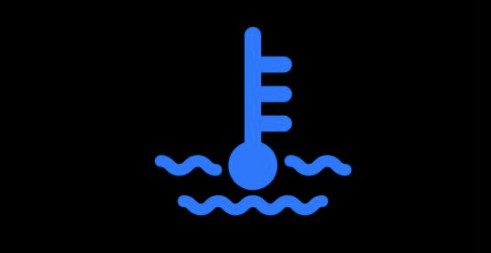
If your car has an engine temperature warning light, it will usually be blue. This means that the engine is running too hot and you should pull over as soon as possible to avoid damaging the engine.
What Causes the Engine Temperature Warning Light to Turn Blue?
If the engine temperature warning light turns blue, it means that the engine is overheating. This can be caused by a number of things, such as low coolant levels, a faulty thermostat, or a clogged radiator. If the engine overheats, it can cause serious damage, so it’s important to take care of the problem as soon as possible.
How To Fix the Engine Temperature Warning Light?
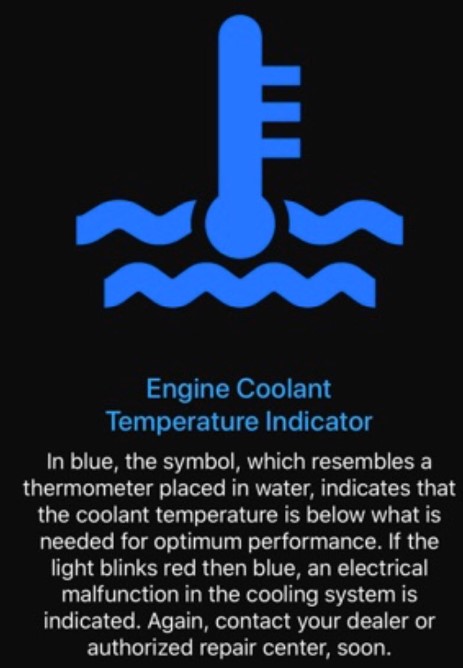
If the engine temperature warning light on your car is blue, there are a few things you can do to fix it. First, check the coolant levels and make sure they are full. If the coolant levels are low, add more coolant and see if that fixes the problem. If the coolant levels are fine, then the next thing to check is the thermostat. Make sure it is working properly and that the engine is not overheating. If the thermostat is not working properly, it will need to be replaced. Finally, if neither of these solutions fixes the problem, you may have a leak in your cooling system and will need to take your car to a mechanic to have it checked out.
When To See a Mechanic About The Engine Temperature Warning Light?
If the engine temperature warning light is blue, it means that the engine is overheating. This could be due to a number of factors, such as low coolant levels, a faulty thermostat, or a problem with the water pump. If you see this light, you should pull over and turn off the engine immediately to avoid damaging it. Once the engine has cooled down, check the coolant level and add more if necessary. You may also need to have your thermostat replaced.
If you notice still your engine temperature warning light is blue, it’s time to take your car to a mechanic. The engine could be overheating, which can cause damage to the car.
Can I drive with blue coolant light?
When the engine’s blue, that means it’s not quite operational. This is because the vehicle hasn’t warmed up yet, so driving isn’t recommended until the light turns off.
What does the blue light mean on car dashboard?
The blue light on your dashboard indicates that the coolant temperature is extremely low. It illuminates for about a minute or two once you turn the ignition key, and then goes off automatically when the engine reaches optimal operating temperature.
Can you drive with engine temperature light on?
When you start to notice that your engine is beginning to overheat, it’s time for external reinforcements. Pull over if you’re in the middle of nowhere and shut off your engine. More often than not, this will stop the overheating. The most common causes of an overheated engine are cooling system leaks or an overly taxed engine.

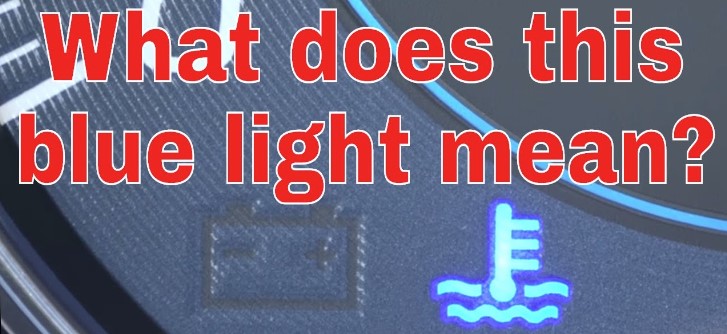
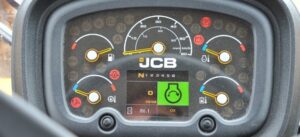

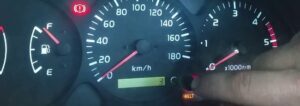
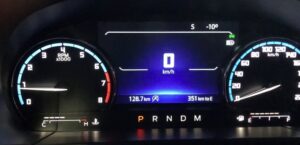
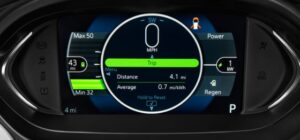

This article was an extremely helpful read! I never realized how important it was to keep a close eye on the engine temperature warning light. It’s great to know that if the light is blue, then everything should be okay – but if it’s red, then I need to take action right away. Thanks for providing this valuable information!